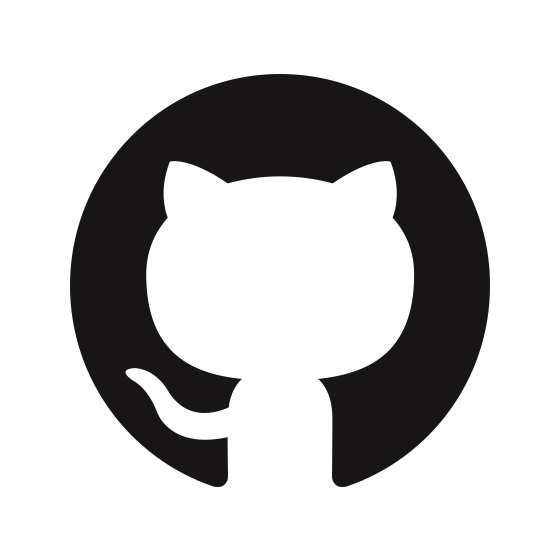🔹 Introduction
If you’re new to programming or tech, chances are you’ve heard of GitHub — but what exactly is it?
In simple terms, GitHub is a platform that helps developers store, manage, and collaborate on code projects using version control. Whether you're a student, freelancer, or part of a team, GitHub is a key tool you’ll want to understand.

🔹 What Is GitHub?
GitHub is a cloud-based hosting platform built around a system called Git, which tracks changes in your code over time. It’s often described as a “social network for developers”, because it lets you share your work, collaborate with others, and build public or private repositories.
🔹 What Is Git?
Before GitHub, let’s talk about Git.
Git is an open-source version control system. It lets you:
- Track code changes
- Revert to previous versions
- Work with multiple people without overwriting each other’s work
You can use Git offline on your computer, while GitHub is the online platform that hosts those Git repositories.
🔹 What Can You Do on GitHub?
| Action | Description |
|---|---|
| 🗂 Create Repositories | Store your project code and files |
| 📁 Track Changes | View what was changed, when, and by who |
| 🔄 Collaborate | Use pull requests and branches to work with others safely |
| 🐛 Report Issues | Track bugs or feature requests |
| ✅ Showcase Work | Build a public portfolio that recruiters can explore |
🔹 Real-Life Example
Imagine you’re building a website with a friend. Instead of emailing files back and forth, you both upload your code to GitHub.
- You each make edits using branches
- GitHub tracks all changes
- When you're ready, you merge your work into the main version
This helps you avoid version conflicts and keeps your project clean.
🔹 GitHub Terms You Should Know
| Term | Meaning |
|---|---|
| Repository | A folder that stores your project and version history |
| Commit | A saved update to your code |
| Branch | A separate copy of your code for testing or development |
| Merge | Combining one branch’s changes into another (usually “main”) |
| Pull Request | A request to merge changes — often reviewed by others |
| Fork | A personal copy of another person’s project |
🔹 Why GitHub Is Important
- ✅ It’s the industry standard for developers
- ✅ Great for building a public portfolio
- ✅ Essential for collaboration and version control
- ✅ Free and easy to start
🔹 How to Get Started
- Create a free account at github.com
- Create a repository for your first project
- Install Git on your computer (optional)
- Learn basic Git commands:
clone,add,commit,push - Explore open-source projects and follow developers
🔹 Final Thoughts
GitHub isn’t just for pros — it’s one of the best tools for learning, collaborating, and growing in tech. It gives you a professional space to practice and showcase your skills.
💬 Over to You:
Have you tried using GitHub? What’s one thing you’d like to learn next — branching, pull requests, or Git commands?
👇 Drop a comment — and don’t forget to explore related tutorials.
🔗 Read next: Functions in Programming
📲 Want more beginner-friendly guides like this?
Follow the blog and check the sidebar for the latest tech tutorials on programming, cybersecurity, and digital tools.
👤 About the Author
Yusuf Datti Yusuf is a strategy-driven leader passionate about turning insights into impact. With deep experience across telecoms and fintech, he bridges field realities and strategic execution.
From Field to Insights — Making Strategy Work Where It Matters Most.


No comments:
Post a Comment